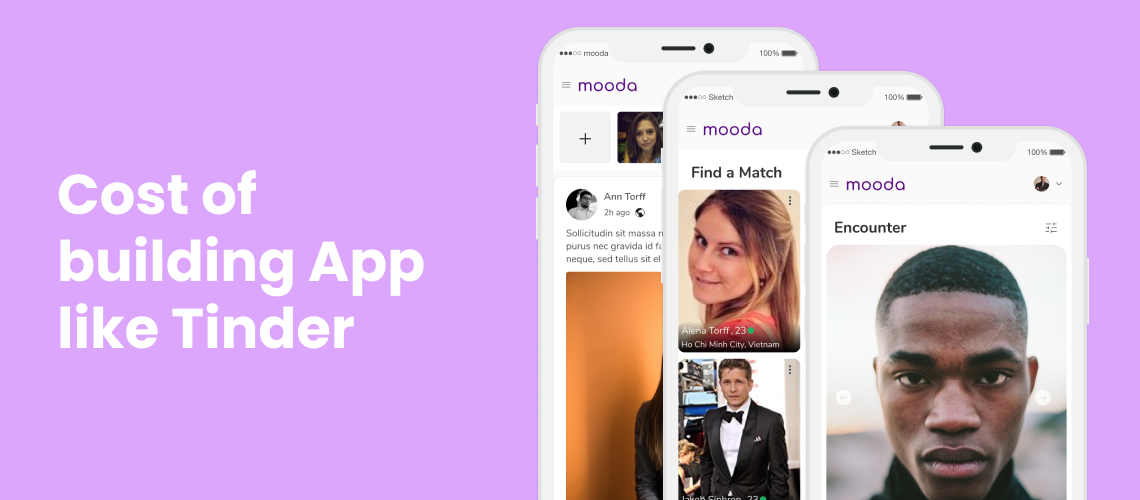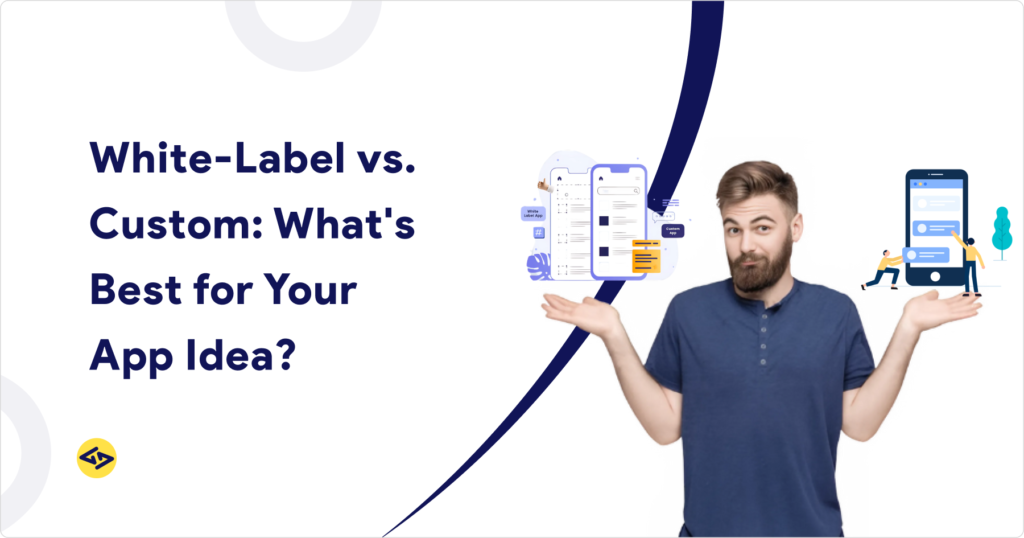Posted Jun 27, By Admin
Celebrate Independence Day with a Bang: Enjoy 20% Off on All Items!
Independence Day is right around the corner, and we are thrilled to celebrate with you! As we honor the spirit of freedo...
Posted Jul 17, By Admin

Dating apps have evolved way beyond simple swipe mechanics. With AI matchmaking, video profiles, and even virtual reality dates entering the scene, building a competitive dating platform in 2025 isn’t just about coding—it’s about creating an experience that keeps users engaged, safe, and coming back for more.
The answer? Anywhere from $40,000 to $400,000+, depending on features, tech stack, and whether you’re building a basic MVP or a full-fledged competitor to Tinder or Bumble.
But sticker price is only half the story—plan on doubling the dev budget for year-one ops (hosting, moderation, marketing). Now let’s dig into why.
Ask three agencies for a quote and you’ll get three answers separated by commas and continents. That’s because five big variables swing the final bill:
| Cost Driver | Low-Impact Choice | High-Impact Choice |
|---|---|---|
| Team location | South-Asian dev shop @ $25 /h | SF-based senior squad @ $150 /h |
| Platforms | One cross-platform Flutter app | Native iOS + Android |
| Feature depth | Simple swipe & match | AI matchmaking + AR dates |
| Security & privacy | Basic HTTPS + email login | GDPR/CCPA "privacy-by-design" |
| Design polish | Off-the-shelf UI kit | Custom illustrations & micro-interactions |
Pick the right column and you can lop off or tack on tens of thousands.

Think of this as your dating-app prom night: you only need enough to look presentable and dance.
This is where most serious entrants land. Users expect video intros, ice-breaker prompts, and robust safety tools.
Mini case study: Bumble’s first version reportedly cost $50 k–$120 k to build, but that was 2014 dollars and a simpler feature set. Today, parity features alone push you into six figures.
If you’re aiming to out-Tinder Tinder, you’ll be budgeting for AI that learns your users’ emoji patterns and AR coffee-shop dates in Paris—virtually.

A quick detour for founders tempted by the “white-label social network” route: off-the-shelf dating scripts can start under $10 k and ship in weeks.
| Region | Senior Dev Hourly | AI/ML Pro Hourly | Relative Cost |
|---|---|---|---|
| North America | $100–$200 | $120–$240 | Baseline |
| Eastern Europe | $40–$90 | $60–$120 | ~60% savings |
| South Asia | $25–$60 | $35–$80 | ~75% savings |
Outsourcing to Ukraine or Poland can cut labor costs in half without nuking code quality—just pad timelines for time-zone sync-ups.
Ever tried bolting a turbo onto a golf cart? That’s what “adding subscriptions later” feels like. The best apps weave revenue logic into the foundation:
Each feature above needs backend hooks (priority queues, algorithmic boost weights, coupon redemption) designed in sprint one, or you’ll pay refactor tax later.

| Post-Launch Line Item | Monthly Cost @ 100k Users | Notes |
|---|---|---|
| AWS + CDN | $1k–$3k | Spikes during 8 pm swipe surges. |
| SMS verification (Twilio) | $750 | 100k sign-ups × 0.75 SMS avg × $0.0075. |
| Live-video API (Agora) | $1k–$2k | 500 daily video dates × 10 min avg. |
| Content moderators | $4k | 2 part-time agents @ $20/hr. |
| App-store ads | $5k+ | CPI in Tier-1 countries still $3–$5. |
Suddenly that $150 k dev budget needs a second $150 k just to stay alive for 12 months.
If you have:
…then yes, the market is still growing (projected to hit $23.8 B by 2033 ). Swipe carefully, budget ruthlessly, and maybe—just maybe—you’ll be the next success story people cite in future cost blog posts.Ready to slide into the DMs of destiny? Start with a rock-solid spec, pick the right dev partner, and remember: love (and unit economics) wins in the end.
Posted Jun 27, By Admin
Independence Day is right around the corner, and we are thrilled to celebrate with you! As we honor the spirit of freedo...
Posted Dec 15, By Admin
Christmas is a season of connection, and there’s no better time to launch or upgrade your dating platform. MoodatingSc...
Posted Dec 29, By Admin
We heard you’re excited about the New Year. We want to make the upcoming year 2024 special for you as well by offering...